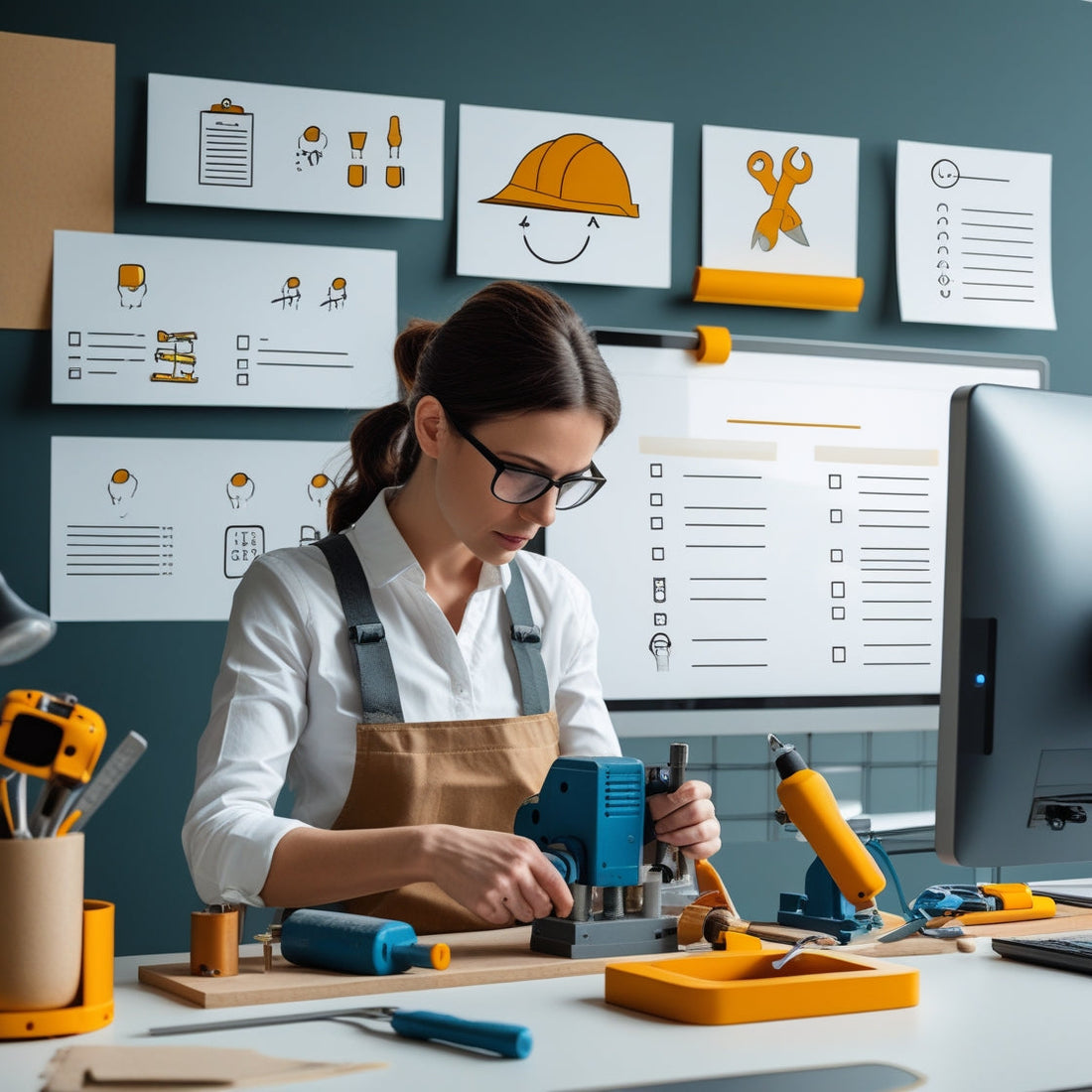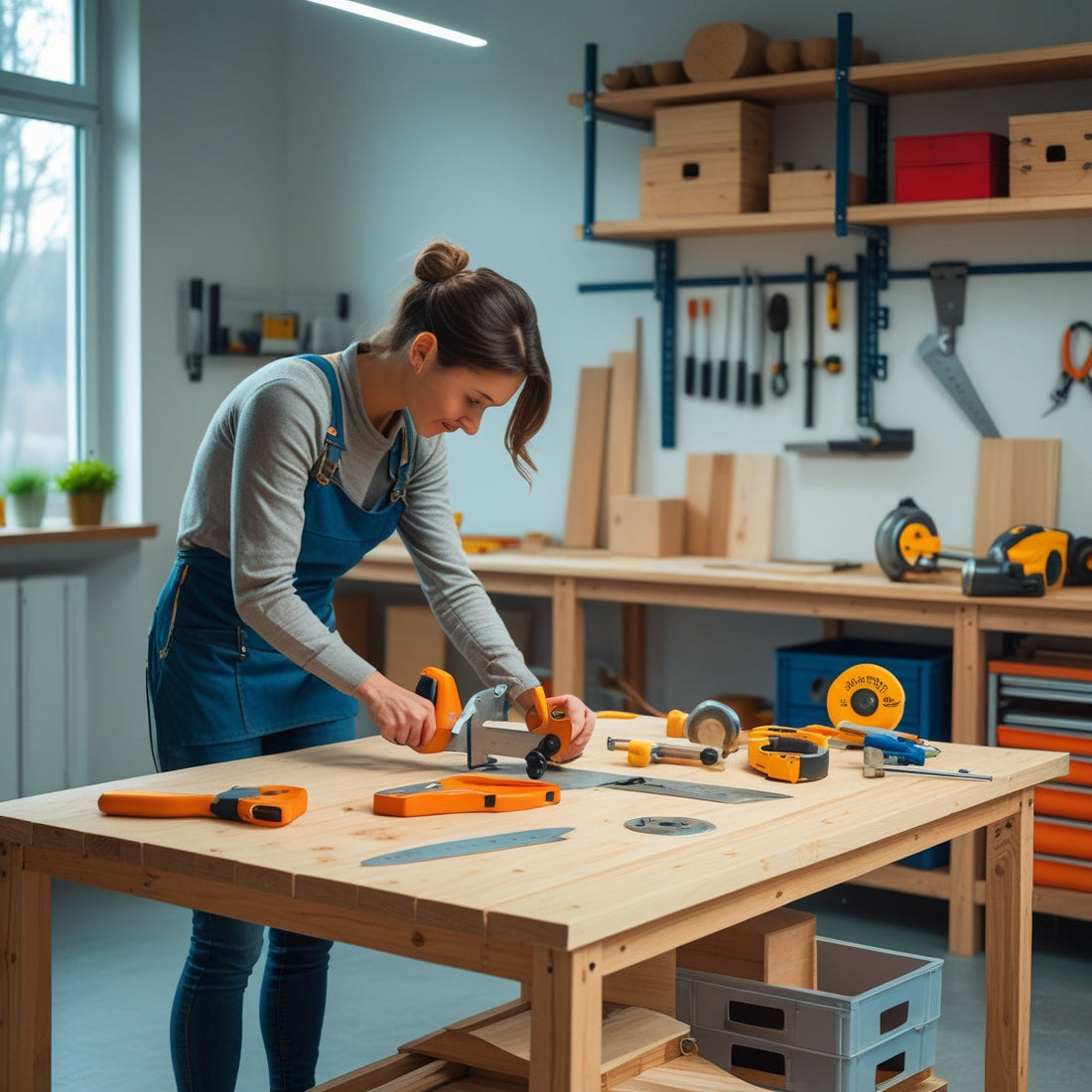






Figurines: A Journey through Art and History
Figurines, small sculptures that capture the imagination with their meticulous detail and diversity, are precious testaments to human craftsmanship throughout the ages. This article delves into the fascinating world of figurines, exploring their origins, their evolution over time, the different types that exist and the appeal they hold for collectors around the world.
Origins and History of Figurines
Figurines have a rich history dating back to ancient times, where they were often used for ritual, religious or decorative purposes. However, it was during the Renaissance in Europe that figurines as distinct art objects began to gain popularity. During this time, artists like Donatello and Michelangelo created small-scale sculptures that influenced the later development of figurines as we know them today.
Types of Figures
-
Porcelain Figurines

Porcelain figurines hold a special place in the world of art and collecting because of their delicacy, elegance and rich cultural history. Here's an in-depth look at why these pieces are so beloved:
Delicacy and Elegance
Porcelain is a material known for its fineness and translucence, offering artists the possibility of creating figurines of great delicacy and aesthetic beauty. Making porcelain figurines requires considerable craft expertise, particularly in terms of modeling, firing and finishing. Each piece is often sculpted with meticulous attention to detail, capturing subtle facial expressions, draping of clothing and other elements that add to their realism and visual appeal.
Association with Historical Periods
Porcelain figurines are often associated with specific historical periods, reflecting the artistic tastes and manufacturing techniques of their respective times. In China, for example, figurines from the Qing dynasty (1644-1911) are renowned for their elegance and sophistication. Qing figurines are often decorated with colored glazes and traditional motifs such as imperial dragons, plum blossoms, and court scenes. Each piece testifies not only to the technical skill of the artisans, but also to the culture and history of this imperial period.
Specific Artistic Styles
Porcelain figurines are also closely associated with specific artistic styles that emerged in different regions of the world. In Europe, for example, figurines from Sèvres in France are famous for their refinement and neoclassical elegance. Made at the Sèvres Manufacture since the 18th century, these figurines embody the royal and aristocratic taste of the time, with delicate patterns, pastel colors and mythological or pastoral scenes.
Cultural and Historical Value
Besides their aesthetic beauty, porcelain figurines have significant cultural and historical value. They are often considered valuable cultural artifacts that offer insight into the lifestyles, beliefs and artistic traditions of their time. Collectors value these coins not only for their visual appearance, but also for their ability to tell stories and evoke emotions related to a particular period in human history.
Appreciation and Collection
Porcelain figurines are highly valued by collectors due to their unique and often limited nature. Each piece can represent both an artistic and financial investment, as rare and well-preserved examples can fetch high prices on the antiques market and private collections. Avid collectors often seek out specific pieces to complete thematic sets or to enrich their understanding of art history and culture.
Let us therefore note that porcelain figurines are distinguished by their delicacy, their elegance and their rich cultural heritage. They captivate collectors with their visual beauty and their ability to transcend eras, providing a window into art and history around the world. Whether for their association with specific historical periods, their distinct artistic styles, or their cultural value, porcelain figurines continue to inspire and delight art enthusiasts and collectors across generations.
-
Bronze Figurines

Bronze figurines hold a special place in the art world due to their exceptional durability and ability to capture fine details with remarkable precision. Bronze, an alloy primarily composed of copper and tin, is chosen for its corrosion resistance and malleability during the casting process, allowing artisans to create intricate and detailed works.
These figurines are often used to represent various subjects, ranging from historical figures to mythological deities to animals. Each piece is meticulously sculpted to express the essence and personality of the chosen subject, capturing facial expressions, skin textures, clothing adornments and other details that add to their realism and aesthetic appeal.
The appreciation of bronze figurines goes beyond their simple artistic beauty. They are also valued for their historical value, as they often bear witness to important moments in human history or deep cultural beliefs. For example, depictions of mythological deities in ancient Greek art reflect not only the religious beliefs of the time, but also ideals of beauty and physical perfection.
In addition, bronze figurines are prized pieces in the field of collecting due to their rarity and often unique character. Each copy can be considered a work of art in its own right, with variants that may vary depending on the artist, the era of creation and the provenance.
In conclusion, bronze figurines represent much more than simple decorative objects. They embody expert craftsmanship, aesthetic beauty and a direct connection to history and culture. Whether for their depiction of famous historical figures, fascinating mythological deities or simply for their exceptional artistic quality, bronze figurines continue to enchant and fascinate collectors and art lovers across the world.
-
Wooden Figures

Wooden figurines hold a special place in the world of crafts and collecting, not least because of their deep connection to local traditions and their ability to depict a vast range of subjects. As a natural material, wood offers a unique warmth and texture that adds extra dimension to every room.
Local Craft Traditions
Wooden figurines are often a reflection of local craft traditions, with each region having its own distinctive carving techniques and styles. For example, wooden sculptures from the Alpine regions of Europe are famous for their meticulous depictions of scenes from everyday life, such as villagers in traditional costume, farm animals, and rural landscapes. In Africa, wooden figurines can represent ancestors, spirits or symbolic animals, with each piece imbued with deep cultural and spiritual meanings.
Variety of Topics
The subjects depicted in the wooden figurines are incredibly varied, ranging from scenes of everyday life to mythological and spiritual figures. Artisans can sculpt realistic portraits of people, capturing intimate moments and emotional expressions, or create stylized depictions of deities and mythological heroes. These pieces can tell stories, convey local legends, or simply celebrate the beauty and complexity of human and natural life.
Hand Sculpture
Most wooden figurines are carved by hand, a process that requires great skill and patience. Each piece is unique, with the sculptor working directly with the grain and texture of the wood to create works that can vary greatly in size and style. From small, delicate statuettes to large, imposing sculptures, wood allows for an artistic flexibility that few other materials offer.
Size and Style
The size and style of wooden figurines may vary significantly. Small figurines can be fine and detailed, ideal for personal display or as collectibles. Larger sculptures can be centerpieces in a collection, intended to be displayed in open spaces where their imposing presence can be fully appreciated.
In summary, wooden figurines are valuable art objects that capture the essence of local craft traditions and represent a vast range of subjects. Their manual manufacturing and the use of wood as a base material give them a unique authenticity and warmth. Whether for their cultural connection, artistic beauty or diversity of styles, wooden figurines continue to inspire and fascinate collectors and art lovers around the world.
-
Terracotta and Clay Figurines

Terracotta and clay figurines are among the oldest known art forms, dating back millennia and found in almost every culture around the world. Their longevity and omnipresence testify to their cultural and religious importance throughout the ages.
Use in Funeral and Religious Rituals
These figurines were often incorporated into funerary and religious rituals, serving various spiritual and symbolic purposes. In ancient Egypt, for example, terracotta figurines called "shabtis" were placed in tombs to serve the deceased in the afterlife. Similarly, in Chinese civilization, clay figurines were part of tombs to accompany and protect the deceased in their journey after death, as evidenced by the famous terracotta warriors of Xi'an.
In many other cultures, clay figurines represented deities and were used as objects of worship. Pre-Columbian civilizations in South America, for example, created terracotta figurines representing gods and nature spirits, which were used in religious ceremonies to invoke divine protection or favor.
Witnesses to Ancient Beliefs and Traditions
These figurines offer valuable insight into the beliefs and traditions of ancient civilizations. Through their iconography and style, they tell stories about daily life, religious practices, belief systems and social hierarchies. The sculptural details of figurines can reveal information about the clothing, hairstyles, accessories, and activities of ancient people.
For example, terracotta figurines from the Indus Valley Civilization show detailed depictions of dancers, musicians, and animals, suggesting a society rich in culture and ritual. Likewise, Greek clay figurines often discovered at sanctuaries reveal important aspects of Greek mythology and religion.
Artistic and Archaeological Significance
From an artistic point of view, the terracotta and clay figurines demonstrate great technical mastery and stylistic diversity. Ancient artists exploited the malleability of clay to create detailed and expressive works, which have stood the test of time thanks to the strength achieved through firing.
Archaeologically, these figurines are valuable artifacts. They help researchers reconstruct aspects of the life and culture of ancient societies, providing clues about trade, cultural influences and technological developments.
Let us therefore remember that terracotta and clay figurines are historical treasures that connect us to the beliefs and traditions of ancient civilizations. Their role in funerary and religious rituals, their ability to reveal the details of daily life and their archaeological importance make them objects of inestimable value, fascinating both researchers and art lovers around the world.
The appeal of figurines for collectors
Figurines are captivating objects of art that hold a deep fascination for collectors around the world, attracting their attention for a multitude of reasons that go beyond their simple aesthetic. Here is an in-depth look at the main motivations that encourage collectors to invest in these unique pieces:
Aesthetic Beauty
The first and often most obvious reason collectors are drawn to figurines is their aesthetic beauty. Whether an intricately painted porcelain figurine with delicate detail, a polished bronze sculpture capturing the strength and grace of a mythological figure, or a hand-carved wooden figurine with a warm, natural texture, each piece is a work of art in itself. Appreciation of the artistic quality and technical mastery invested in the creation of each figurine is often a powerful motivator for collectors.
Rarity
Rarity is another significant reason why collectors seek out figurines. Some pieces are produced in limited editions or are one of a kind, making them valuable and sought after by collectors. Rarity can be determined by various factors, such as the manufacturing technique used, the historical period the figurine belongs to, or even the fame of the artist who created it. Collectors value rarity not only for its potential monetary value, but also for the challenge it presents in building a unique and distinctive collection.
Historical and Cultural Connection
Figurines often offer a direct connection to the history and culture of past societies. They may depict scenes from daily life from a particular era, deities worshiped in a specific culture, or significant historical events. Each figurine acts as a silent witness to its time, carrying with it the traditions, beliefs and values of the civilizations that produced it. For collectors interested in history and cultural diversity, figurines provide a fascinating window into the past, enriching their collecting experience.
Investment Potential
Although many collectors are drawn by passion and personal interest in figurines, it is undeniable that their investment potential also plays a crucial role. Some figurines, especially those that are rare, sought after and well preserved, can see their value increase significantly over time. Savvy collectors often view their acquisitions as long-term investments, closely monitoring market trends and opportunities to acquire promising pieces.
Stories and Personal Stories
Each figurine tells a unique story that goes beyond its materiality. It can evoke childhood memories, connections to distant cultures, or simply capture the imagination through its aesthetics and symbolism. Collectors often appreciate these personal stories associated with their pieces, thereby enriching their passion for collecting and strengthening their emotional attachment to their acquisitions.
In short, figurines are much more than simple decorative objects or simple investments. They are bearers of history, witnesses of human creativity and windows on the world through the ages. For passionate collectors, each figurine represents a continuing exploration of art, history and culture, enriching their lives and their understanding of the world's artistic heritage.
Conclusion
In conclusion, figurines are much more than just decorative objects; they are windows into history, art and human creativity throughout the ages. Whether you are a passionate collector or simply fascinated by their beauty, exploring the world of figurines is an invitation to discover and appreciate the diversity and cultural richness of the world's artistic heritage.
